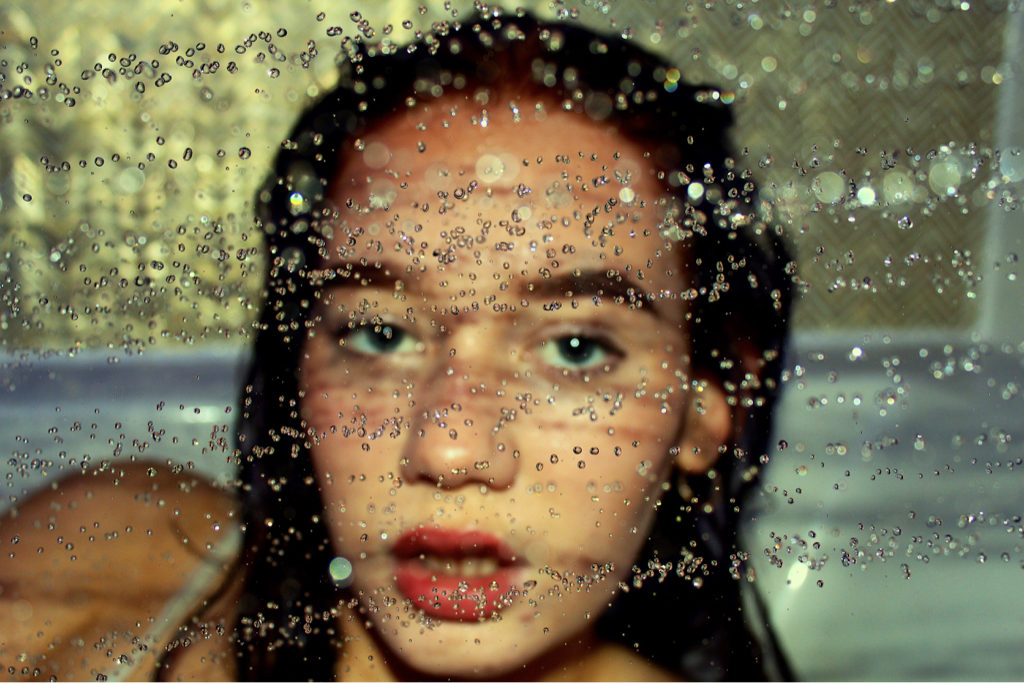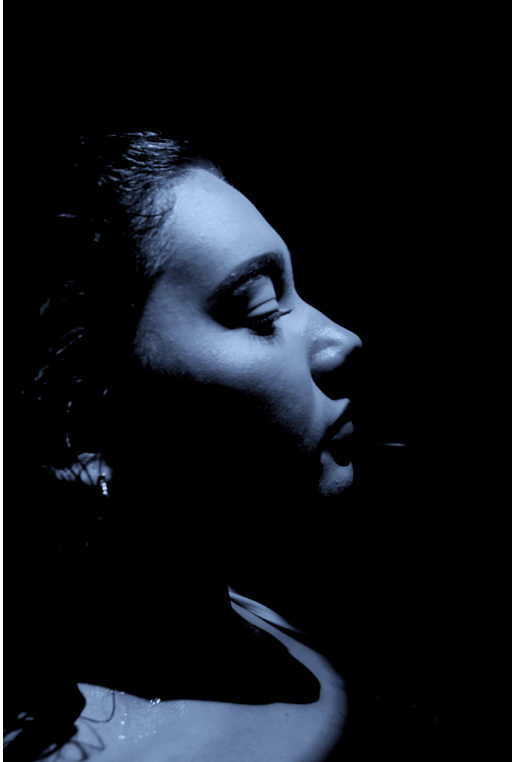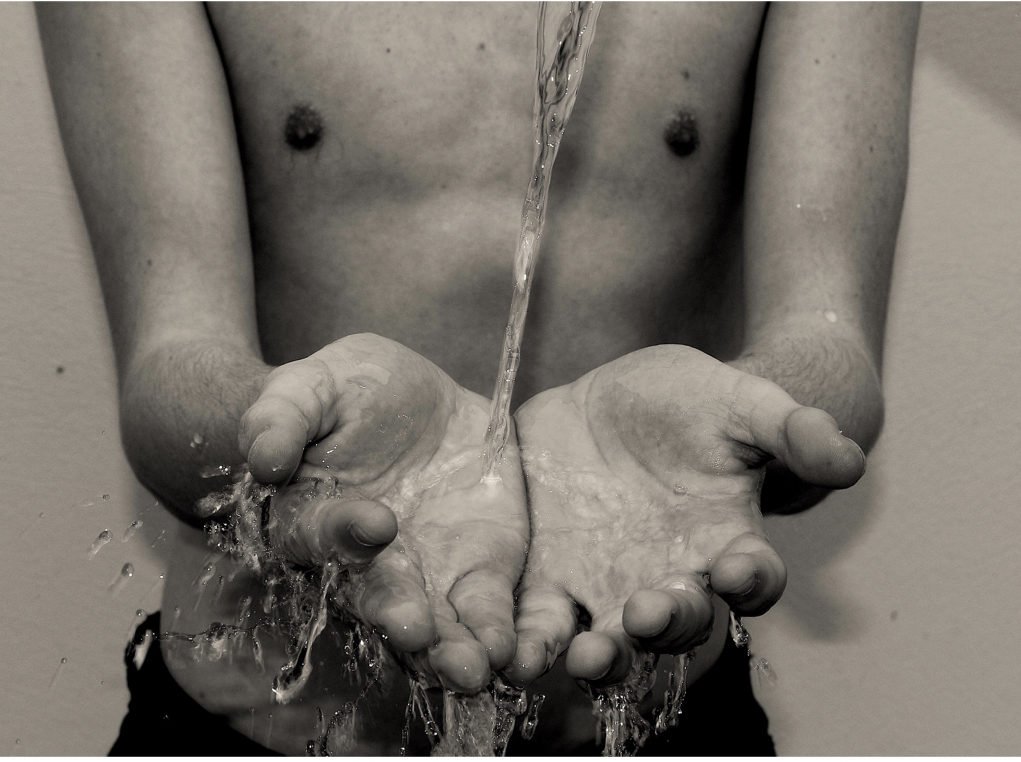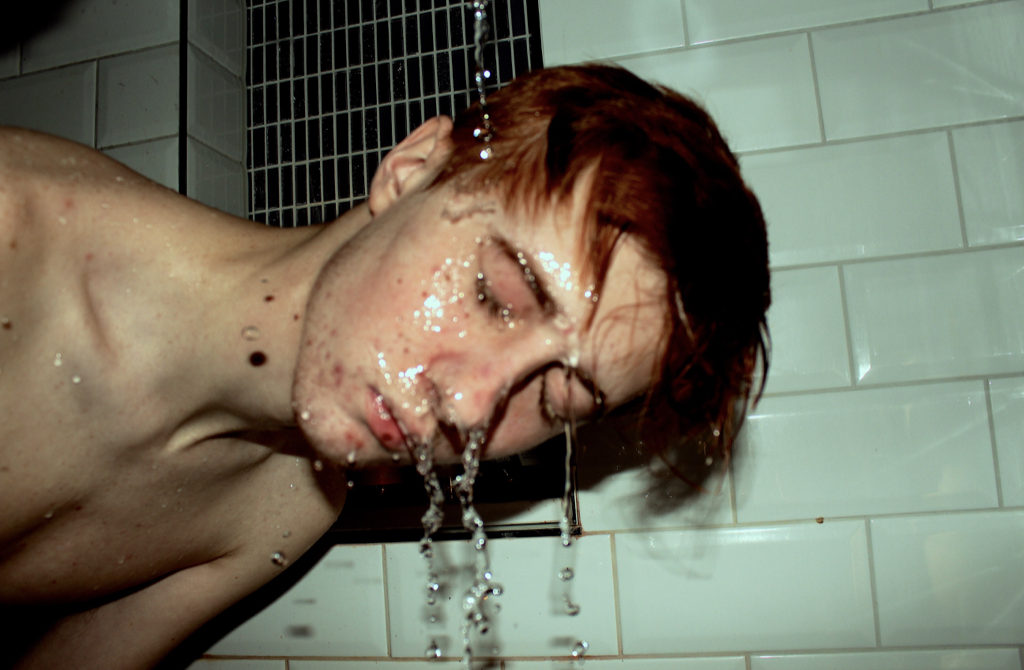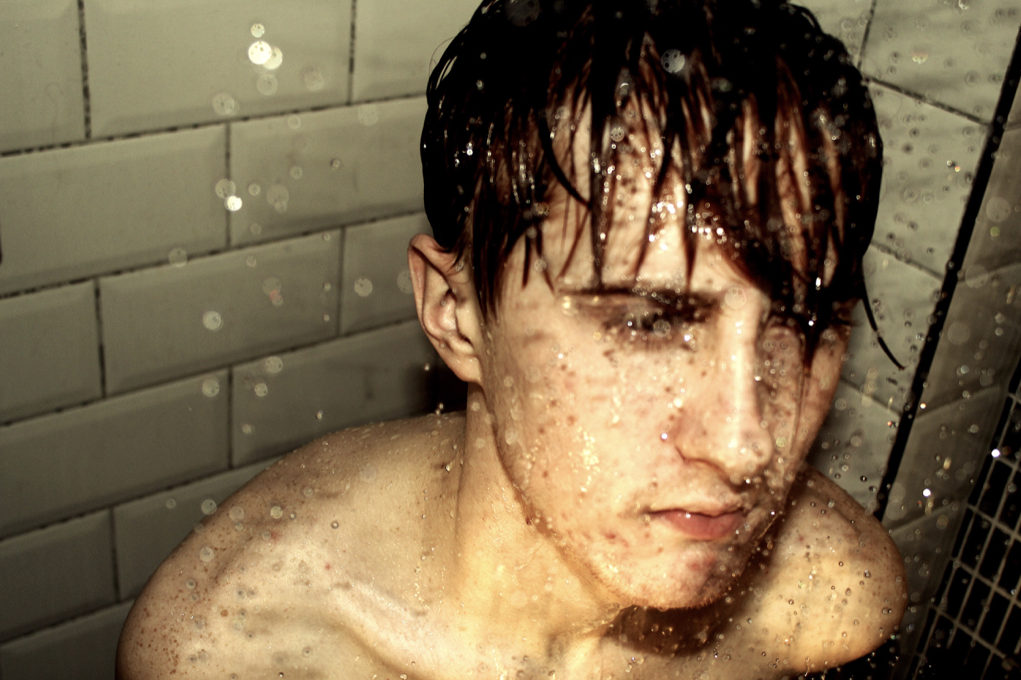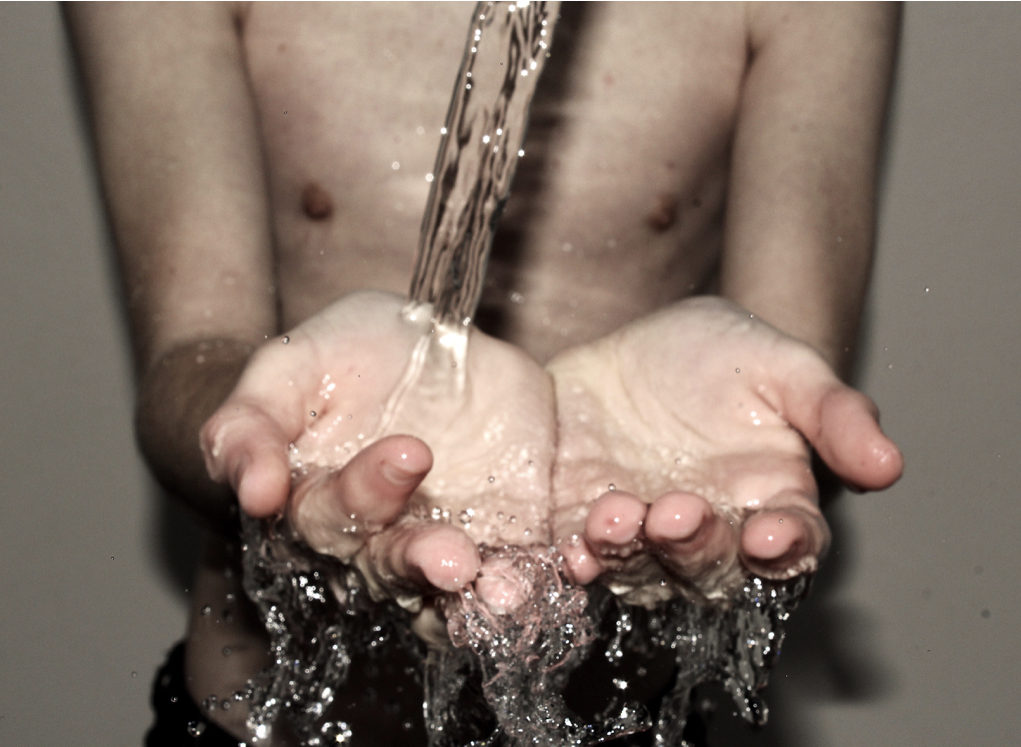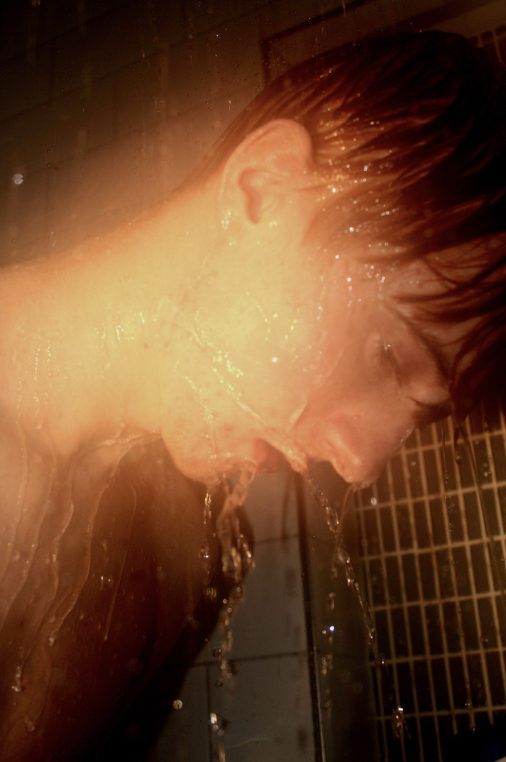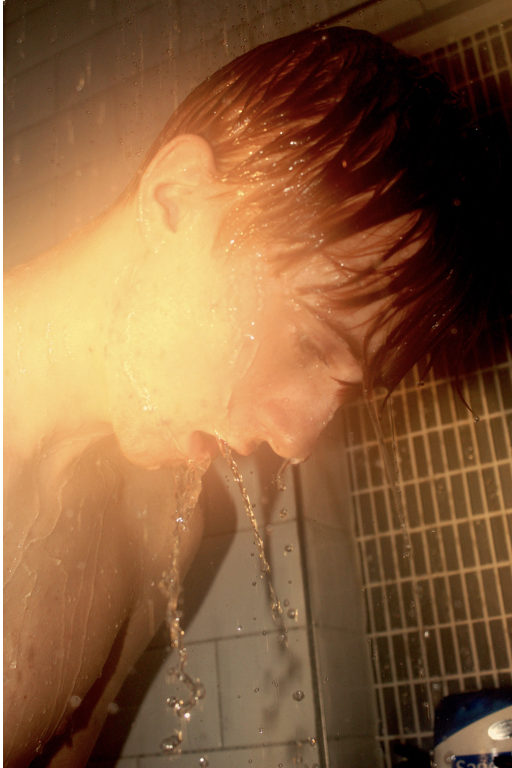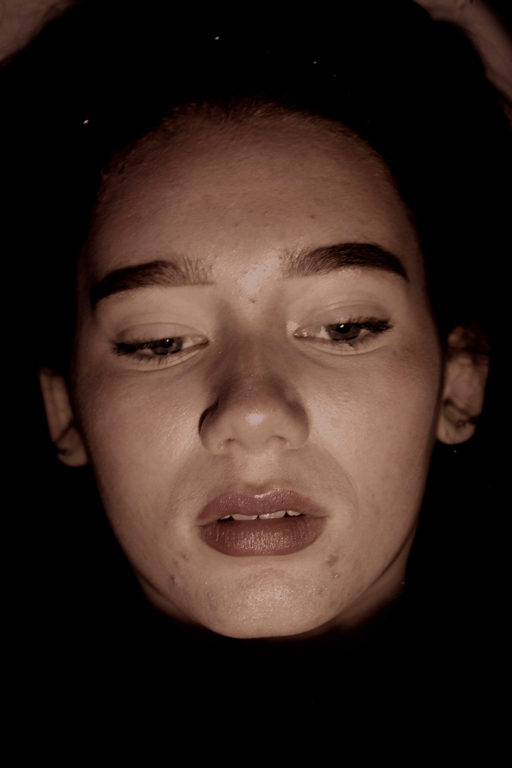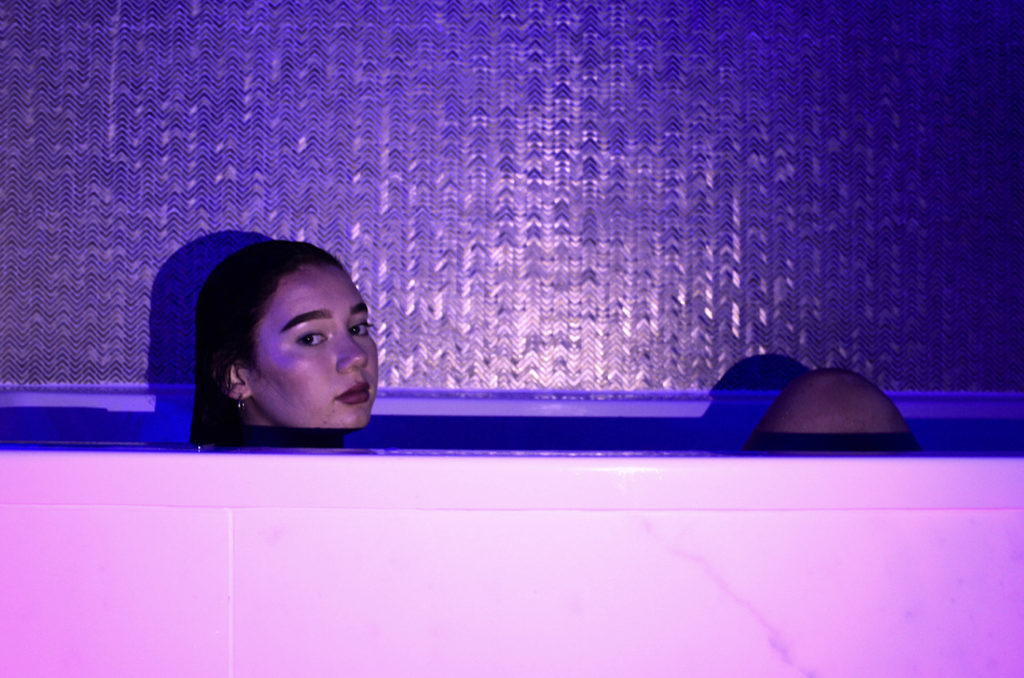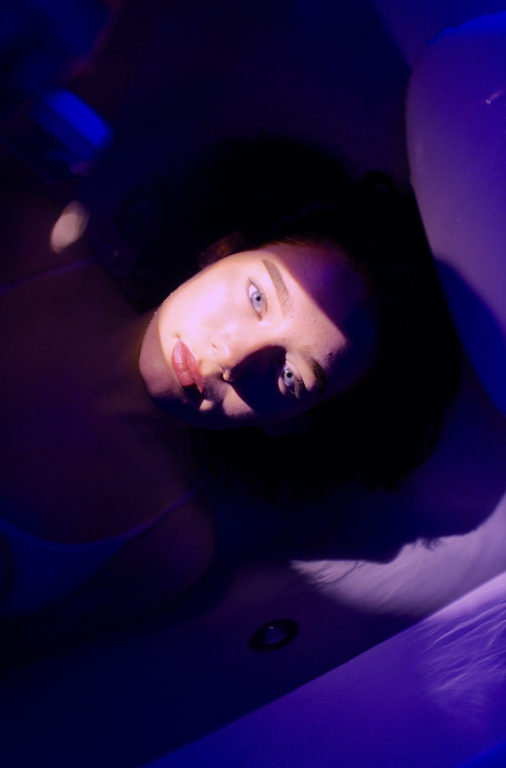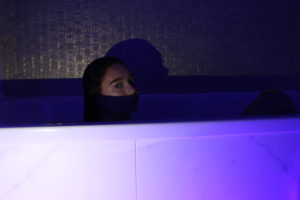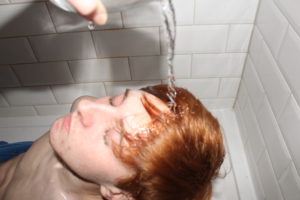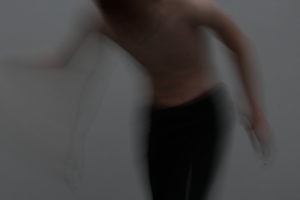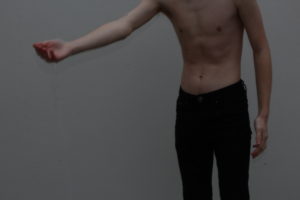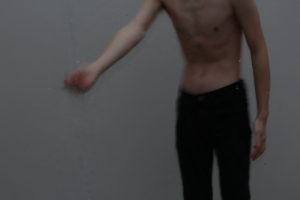For my essay I decided to relate two photographers in relation to truth of the camera regarding consumerism. Both Edward Burtynsky and Henry J Fair posed as ideal artists to incorporate due to their imagery being based around industrial scarring and landscape change in the consumerist world. Their styles using a mixture or straight and abstract photograph really appealed to me as I found I could relate more to it, thus using them as examples in my essay would provide further context regarding my chosen topic and how it could relate to my photo book once put together. Here are some quick analysis of each of them:
Edward Burtynsky: Burtynsky is a photographer who specialises in photographing industrial landscapes altering the area through mines and quarries. He provides a very one-sided perspective regarding the treatment of our natural environments, presenting them in an aesthetic but negative light in order to draw in the audience’s attention. Motifs are a clear indication of his work through colours, where the duller greys and browns represent the influence of man’s structures on the area and the vibrant greens and reds represent the beauty of nature as its being intervened by our industrialisation. The presentation of his images are key, as they usually resemble cuts and slashes on the surface of the landscape as a constant reminder of what we have destroyed, usually seen through deforestation and slash and burn techniques. The main focus of his work tends to be based around quarries where he presents the huge impact on our environment through composing them in a menacing way, that almost makes them seem unrecognisable and alien like, portraying his perspective regarding how we have invaded and disrupted our Earth. The the purpose of much of Burtynsky’s work seem to be a plea at raising awareness for how we treat our planet, and does so through the implementation of vibrant and aesthetic imagery which even from a distance draws the viewer in, question what it could be and how it ended up like that. From these images a huge political theme arises, as by only presenting a single sided perspective around a topic it raises viewpoints that could disagree and debate, however by allowing this negativity it draws in attention to the concern and therefore presents itself to others who may not have been aware.
Burtynsky is a photographer who specialises in photographing industrial landscapes altering the area through mines and quarries. He provides a very one-sided perspective regarding the treatment of our natural environments, presenting them in an aesthetic but negative light in order to draw in the audience’s attention. Motifs are a clear indication of his work through colours, where the duller greys and browns represent the influence of man’s structures on the area and the vibrant greens and reds represent the beauty of nature as its being intervened by our industrialisation. The presentation of his images are key, as they usually resemble cuts and slashes on the surface of the landscape as a constant reminder of what we have destroyed, usually seen through deforestation and slash and burn techniques. The main focus of his work tends to be based around quarries where he presents the huge impact on our environment through composing them in a menacing way, that almost makes them seem unrecognisable and alien like, portraying his perspective regarding how we have invaded and disrupted our Earth. The the purpose of much of Burtynsky’s work seem to be a plea at raising awareness for how we treat our planet, and does so through the implementation of vibrant and aesthetic imagery which even from a distance draws the viewer in, question what it could be and how it ended up like that. From these images a huge political theme arises, as by only presenting a single sided perspective around a topic it raises viewpoints that could disagree and debate, however by allowing this negativity it draws in attention to the concern and therefore presents itself to others who may not have been aware.
Henry J Fair:  Much like Burtynsky, Fair focuses on the impact of industrialisation on the landscape. Presenting once again a predominantly negative light upon the issue of consumerism, Fair chooses to instead focus on the more chemical effect of industrial impact of the natural world. Photographing toxic waste and leaked chemicals in a beautiful and aesthetic way, capturing this devastating beauty clearly intends to inform the viewer of how we have chosen to lead our ever-growing needs in the world, disregarding the consequences of our choices. However Fair chooses to use a contrasting motif to that of Burtynsky, instead using the opposite of him, where vibrant colours represent the toxicity of the waste and its destructiveness, and the dull colours being the landscape in its natural state. Fair sees that the only way to make aware the impacts of industrialisation are through its exaggeration, making colours and scenes that aren’t really there a typical portrayal of his vision. This perspective he possesses create mainly one-sided view that disregards the efforts made to help these issues, instead choosing to over-exaggerate.
Much like Burtynsky, Fair focuses on the impact of industrialisation on the landscape. Presenting once again a predominantly negative light upon the issue of consumerism, Fair chooses to instead focus on the more chemical effect of industrial impact of the natural world. Photographing toxic waste and leaked chemicals in a beautiful and aesthetic way, capturing this devastating beauty clearly intends to inform the viewer of how we have chosen to lead our ever-growing needs in the world, disregarding the consequences of our choices. However Fair chooses to use a contrasting motif to that of Burtynsky, instead using the opposite of him, where vibrant colours represent the toxicity of the waste and its destructiveness, and the dull colours being the landscape in its natural state. Fair sees that the only way to make aware the impacts of industrialisation are through its exaggeration, making colours and scenes that aren’t really there a typical portrayal of his vision. This perspective he possesses create mainly one-sided view that disregards the efforts made to help these issues, instead choosing to over-exaggerate.


